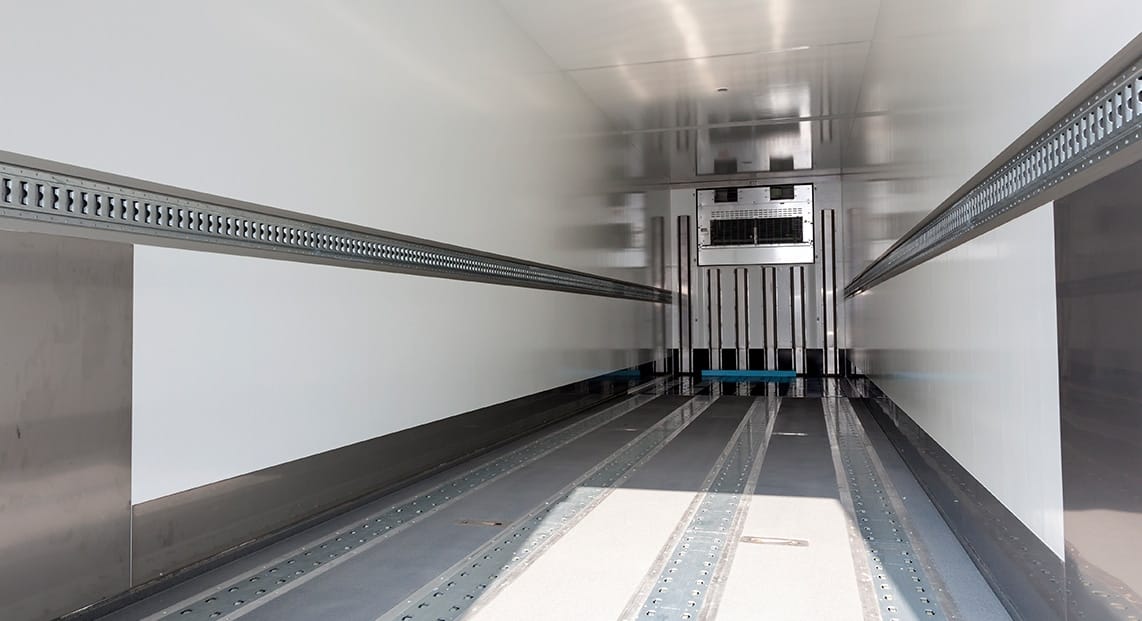- SolutionsWith a strategic solution that works for you and your business, you can unlock revenue-generating opportunities and begin managing your fleet as an investment.Overview
- About UsWhen Holman was founded in 1924, we set something positive in motion. Our consistent focus on people and our commitment to integrity make us who we are today.Overview
 Join Our TeamWe’re not just in the automotive business, we’re in the people business. Join us for the ride.Browse Careers
Join Our TeamWe’re not just in the automotive business, we’re in the people business. Join us for the ride.Browse Careers
The Last Cold Mile: MOTIVE Explores Refrigerated Truck Transportation
Holman Marketing
March 12, 2021

In a world shaken up by a global pandemic, COVID-19 vaccines have played a key role in the stride towards a safer, healthier future. Several varieties of the vaccine are available and being administered globally, but it’s been a long road to get to this moment, including the path to delivering these vaccines into the hands of medical specialists.
Most of the COVID-19 vaccines require a strict adherence to storage temperatures in order to be effective, from creation to vaccination. In “The Last Cold Mile”, an episode of our fleet and mobility news podcast, MOTIVE powered by Holman, we dive into the COVID-19 distribution chain to learn how cold cargo is instrumental in the successful delivery of the vaccine.
How does refrigerated transport work?
At the center of this vital supply chain are the refrigerated trucks transporting these vaccines around the globe. But what goes into this essential service? And how have companies adjusted to meet this demand?
“It requires a flawless supply chain including specialized packing, dry ice, air, and ground delivery, coupled with a comprehensive plan for distribution, all within the vaccine’s shelf life,” said Peter Nogalo, host of MOTIVE powered by Holman.
We’ve highlighted three exciting takeaways from this episode of MOTIVE powered by Holman, including details on how to pack vaccines for transports, refrigerated truck sensor drawing and more.
- It starts with the chassis
They say it’s what’s inside that counts, but when it comes to these refrigerated trucks, it’s best to lead with the head. Dispatch specialists begin their vaccine journey by selecting the chassis that works best for the road ahead, taking into consideration mileage, the type of driving, and the number of stops and starts involved before anything else.
- Size matters (and more!)
Cooling a refrigerated truck body requires more than setting a thermostat. “You have to take into consideration the size of that cargo, what temperature the cargo is entering the box at, and what the other impacts are,” says MOTIVE guest Mike DeCesare, manager of order planning at Holman. Other impacts like the size of the truck, how many times the doors will be opened or closed, and the outside temperature are all major influences on refrigeration decisions that are keeping our vaccines safe and effective for use.
- Sensors Ensure Safety
Just a few degrees could destroy these very important vaccines; that’s where telematics come in. Refrigerated trucks come equipped with sensor systems built directly into their telematics devices, so a driver can take a pit stop without worrying about any potential damage during idling or even turning their vehicle off.
MOTIVE powered by Holman is available via Buzzsprout, Apple Podcasts, and Spotify as well as many other leading podcast directories. For additional information about Holman, please visit Holman.com.
Next Post
Tips for Buying a Car During Tough TimesRelated Resources
Explore more related industry news, insights, and developments.






